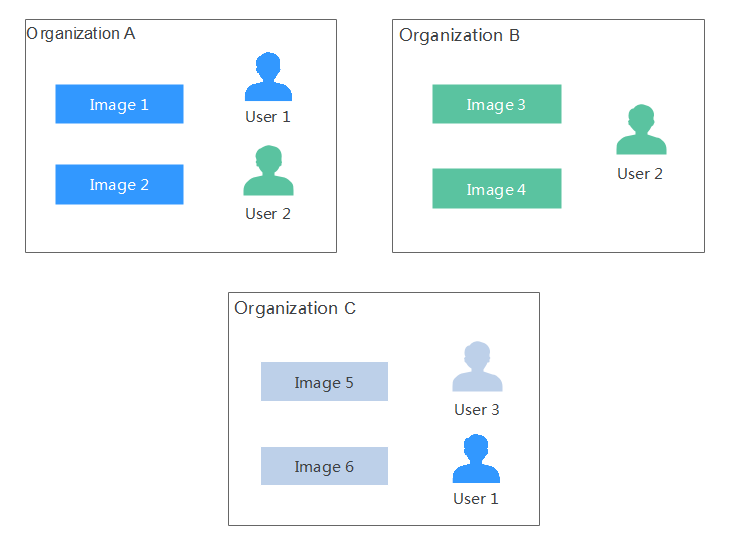Basic Concepts
Image
A container image is a standard template for packaging containerized applications, allowing for quick deployment of such applications. For example, a container image can contain a complete Ubuntu operating system, in which only the required programs and dependencies are installed. Container images are used to create containers. A container engine provides an easy way to create and update your own images. You can also pull images created by other users.
Container
A container is a running instance of a container image. Multiple containers can run on one node. Containers are actually software processes. Unlike traditional software processes, containers have separate namespaces and do not run directly on a host.
Images become containers at runtime. Containers are created from images. Containers can be created, started, stopped, deleted, and suspended.
Repository
Image repositories are used for storing container images. An image repository hosts different versions of a specific containerized application.
Organization
Organizations are used to isolate image repositories. With each organization being limited to one company or department, images can be managed in a centralized and efficient manner. The same user can access different organizations as long as the user has sufficient permissions. Different permissions, namely read, edit, and manage, can be assigned to different users in the same account.

Feedback
Was this page helpful?
Provide feedbackThank you very much for your feedback. We will continue working to improve the documentation.See the reply and handling status in My Cloud VOC.
For any further questions, feel free to contact us through the chatbot.
Chatbot





